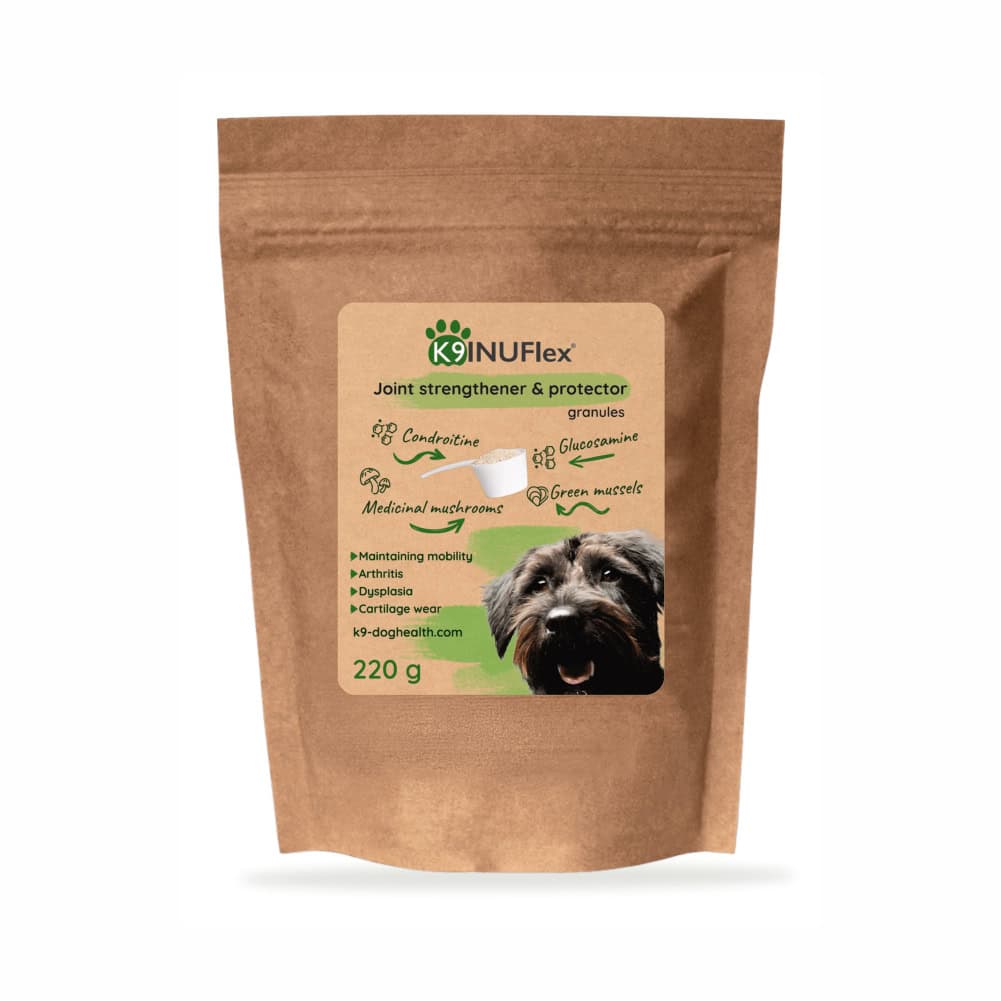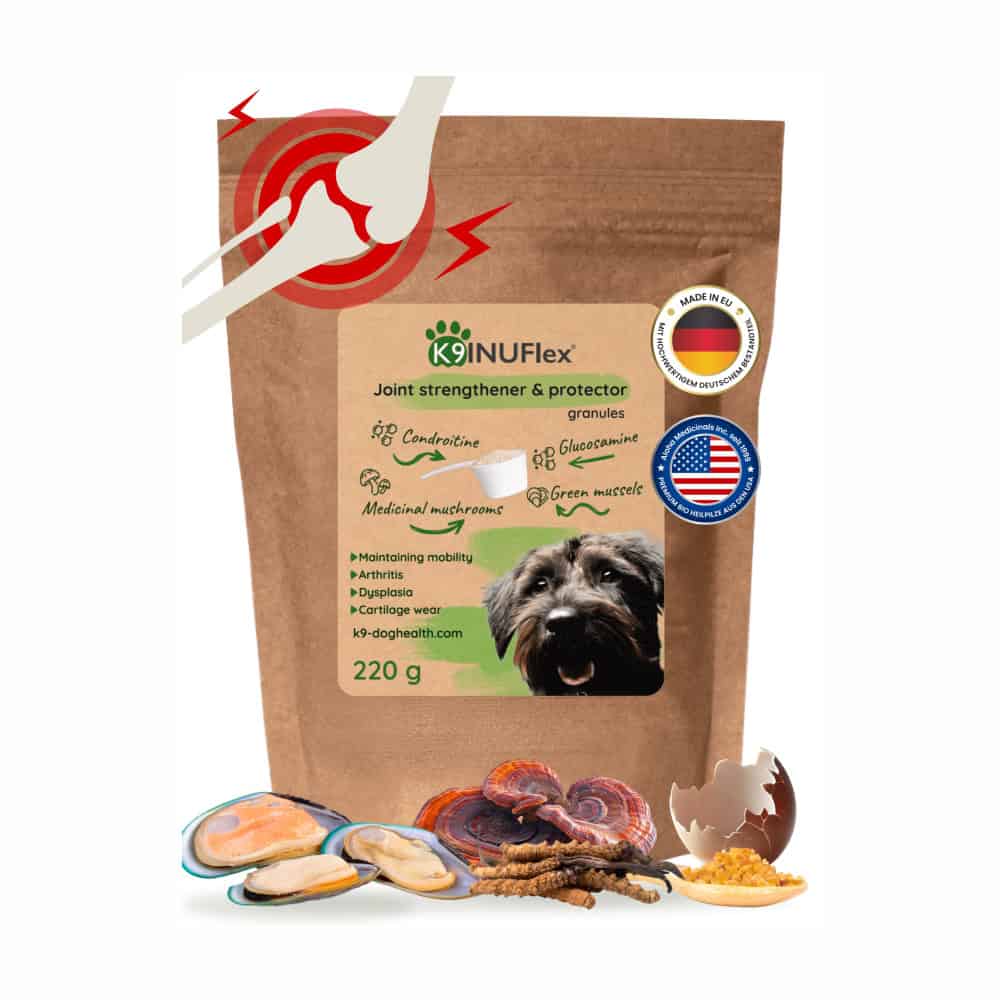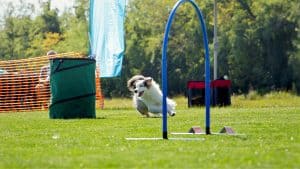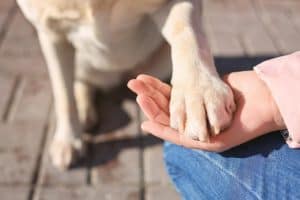Shoulder dysplasia develops when the head of the humerus does not fit properly into the scapula’s joint space. This misalignment places constant strain on the joint, which causes it to partially sprain over time. As the condition progresses, the joint develops degenerative changes and arthrosis. Cartilage starts to wear down, and abnormal cartilage deposits may form inside the joint.
In a broader sense, shoulder dysplasia includes other shoulder joint disorders that also show hereditary tendencies. One such condition is shoulder joint OCD, which vets often examine alongside dysplasia during genetic screenings. These screenings help detect inherited joint diseases early, allowing timely intervention.
Occurrence of shoulder dysplasia

Young dogs between 8 and 10 months may show early signs through forelimb lameness. Yet, shoulder dysplasia more often appears in older dogs, accompanied by subluxation and arthrosis in the joint. Vets usually perform pre-screening at 9 months and definitive screening after the dog turns one. When symptoms appear, they take an X-ray to assess joint fit, dislocation, and signs of arthrosis.
If they diagnose a recent, complete dislocation, caused by trauma or dysplasia, surgical joint stabilization can help. In older dogs with shoulder arthrosis, medication often relieves pain and improves mobility. But if medication fails, vets may consider shoulder arthrodesis, which involves surgical fusion of the joint.
Osteochondrosis dissecans (OCD) is a genetic disorder in large breeds, causing degeneration of the cartilage in the shoulder joint. Sometimes, it also leads to cartilage detachment from the femoral head. Affected breeds include Great Danes, Setters, German Shepherds, Huskies, Rottweilers, Pointers, and various Mastiff types.
Appearance of shoulder dysplasia
Treatment of shoulder dysplasia
Whatever dysplasia rating our pet has received, it will greatly improve its condition if:
- Body weight is maintained at the ideal level for the breed, with the help of an appropriately modified dysplastic diet, and a satisfactory exercise programme .
>However, it is important to avoid overloading the puppy when moving it, i.e. if it gets tired, do not force the movement. In addition, a sedentary lifestyle is not good either, because the normal development of the gluteal muscles and hip joints requires adequate movement. - We give him a non-steroidal, anti-inflammatory and analgesic supplement rich in natural anti-cartilage substances, such as K9 INUFlex® or K9 FullFlex™.
In the case of a breeder with a mild dysplasia, it is good to know that this is not a particularly bad thing. It may even make your dog a breeding recommendation for the breed and allow it to live out its life without symptoms.
In the majority of moderate cases detected in time, the further aggravation of the disease discovered at a young age can be reduced by various medicinal or nutritional supplement treatment, as well as with the help of an appropriately modified diet and exercise program.
Even in cases of severe dysplasia, there are various traditional (modern surgical procedures) and alternative (golden ball implantation (GBI)) solutions that greatly improve the condition of our pet.
With proper feeding, moving the dog correctly, and with the right food supplement the chance of developing dysplasia and the aggravation of existing symptoms can be greatly reduced!




